Ari Aster avoids the sophomore slump with a worthy follow-up to Hereditary.
Just over a year ago, Ari Aster burst onto the horror scene. Hereditary was an astonishingly assured feature debut. Aster explored the nature of grief and loss using the framework of familial tragedy and diabolical influence. I revisited Hereditary last week and found it as striking and harrowing as on my first viewing. Since its release, I have encountered a few contrarians who decry Hereditary as “overrated” or “not scary”. I have only two words for them—“you’re wrong.”
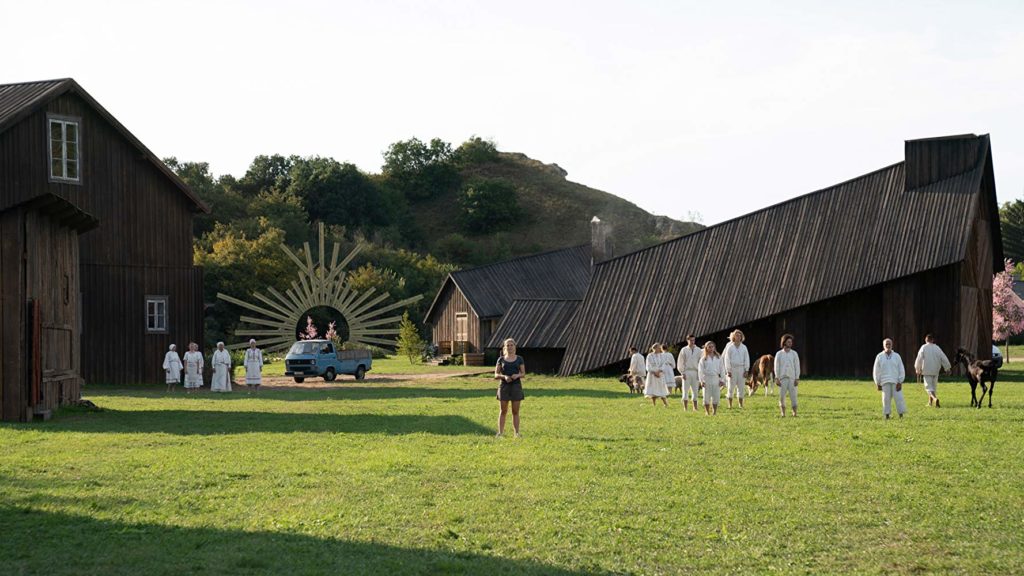
Midsommar arrives at a unique time…on the heels of an auspicious debut
Midsommar arrives at a unique time. It comes quickly on the heels of an auspicious debut, premiering less than thirteen months after Hereditary hit theaters. We’ve also seen films such as Andy Muschietti’s It and Jordan Peele’s sophomore effort Us make major waves among both horror fans and mainstream audiences alike. Studios have been willing to take more chances on R-rated horror films, and audiences have responded.
I went into Hereditary knowing very little about the film, and tried to approach Midsommar in a similar manner. Being a regular theater attendee, I couldn’t avoid the trailer. I did refrain from reading any leaks or early reviews. A poorly timed meeting at my day job caused me to miss out on an early screening of the film, but I was there for a Tuesday evening showing. I settled in with a healthy dose of anticipation and an open mind.
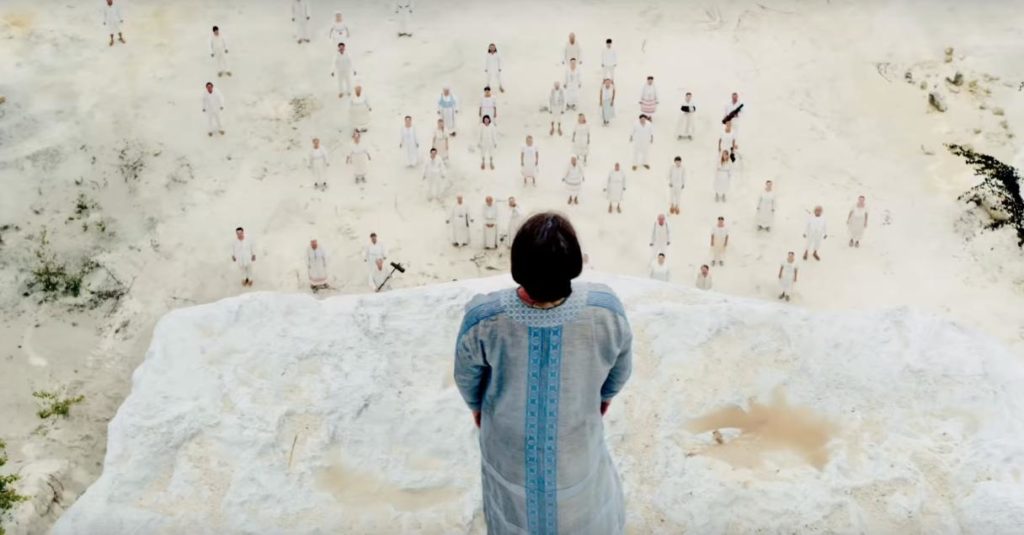
Aster’s films force us to face these all too familiar fears, while also presenting narrative threads that supersede the mundane.
Without a doubt, a thematic thread runs between both Hereditary and Midsommar. The two movies are different in many ways, but they are connected as examinations of grief and loss. Hereditary focused on Toni Collette’s character, Annie, as she dealt with the loss of her mother, quickly followed by the loss of a child. Midsommar deals with a main character’s loss of close family while a romantic relationship also inexorably slips away.
Both of Aster’s films force us to face these all too familiar fears. They also present narrative threads that supersede the mundane. Midsommar incorporates aspects of films as disparate as The Wicker Man, The Blood on Satan’s Claw, The Texas Chain Saw Massacre, Hostel, and A Field in England—and emerges with something wholly unique. Surprisingly enough, amongst the scenes of sorrow and shock, there are also moments of levity and humor.
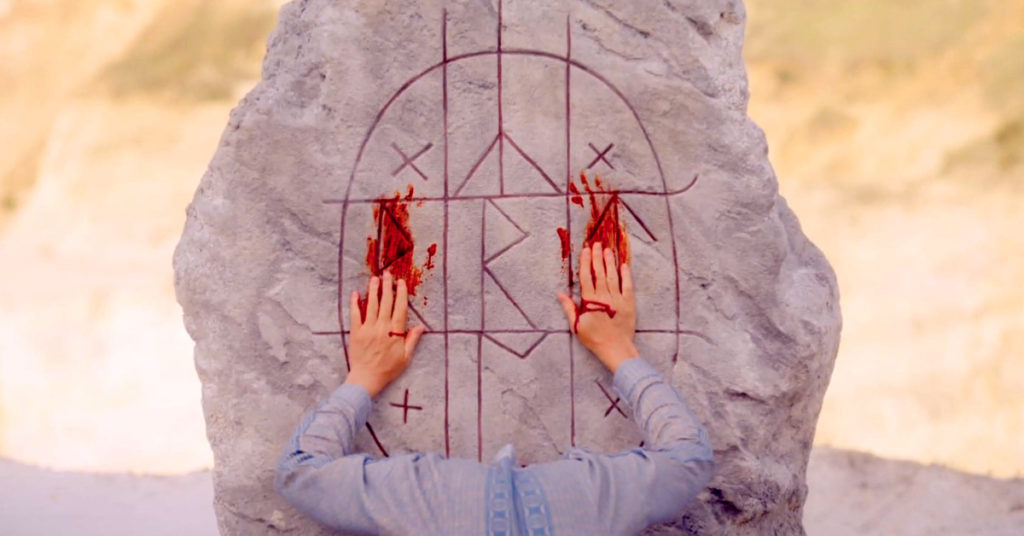
…a small village preparing to celebrate a special holiday observed only once every ninety years
Dani (Florence Pugh) and Christian (Jack Reynor) are college students. Their relationship is hanging on by the mere thread of habit. Tragedy strikes Dani unexpectedly, leaving her reeling. Christian is unable to end the relationship under such circumstances. He invites Dani to accompany him on a trip to Sweden with a group of friends. The group plans to visit the hometown of Pelle (Vilhelm Blomgren), a small village preparing to celebrate a special holiday observed only once every ninety years.
The travelers arrive at their destination. The small village is undeniably beautiful, but odd customs and unceasing daylight throw the visitors off balance. Soon things take a darker turn as some of the group inexplicably goes missing. Ari Aster and his cinematographer, Pawel Pogorzelski, make the most of their setting. Where most horror films depend on deep shadows, Midsommar bathes its scenes in unrelenting sunlight. When the blood flows and the viscera is unveiled, nothing is hidden. Midsommar is beautifully shot, whether focusing on the pastoral landscapes or incorporating hallucinogenic moments of wonder or dread.
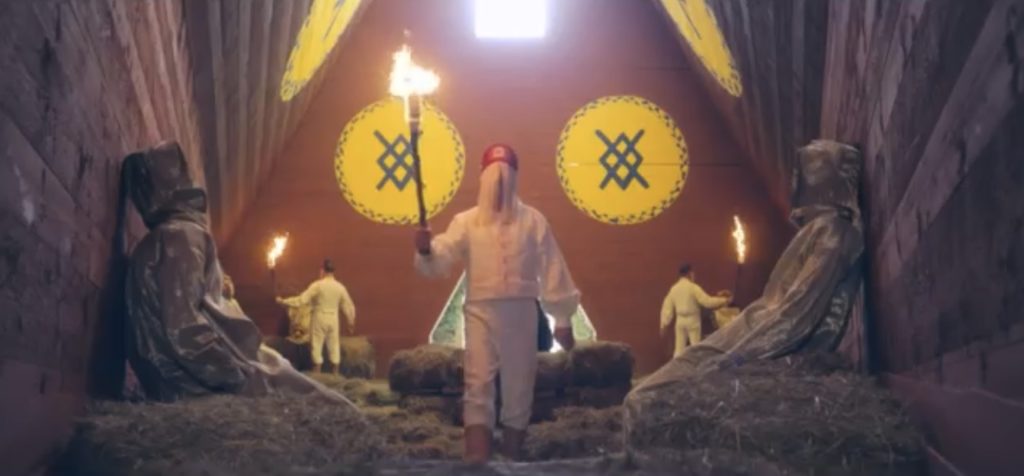
Midsommar is beautifully shot, whether focusing on the pastoral landscapes or incorporating hallucinogenic moments of wonder or dread.
On first glance, Midsommar appears—much like Hereditary before it—to be a movie that will reward repeat viewings. The movie begins with a painted mural that foreshadows events to come. Seemingly offhanded lines spoken early in the film hold hidden truths. In some scenes, the walls are literally covered with symbols begging to be deciphered. This could potentially add to one’s understanding of the film. I look forward to digging deeper into the mysteries presented in the film.
Also like Hereditary, Midsommar may prove to be a somewhat divisive film. It will likely be a little too demanding, and provide too few jump scares, for purely mainstream audiences. Fans of Hereditary, or of folk horror in general, will likely appreciate Midsommar. Viewers willing to submerse themselves in the sun-soaked world on display will find a world both wondrous and strange. Ari Aster is adept at crafting a crushing sense of dread, whether in the dead of night in Utah or in the relentless light of the Swedish countryside. Even if Aster never makes another horror movie again, the one-two punch of Hereditary and Midsommar has secured his place amongst the genre’s best. Highly recommended.
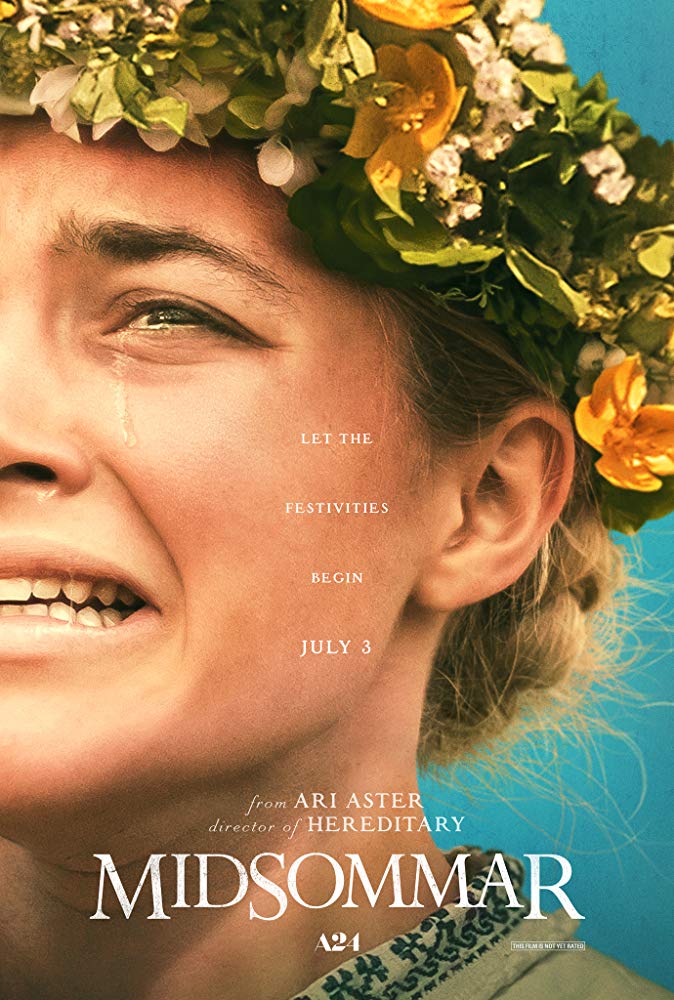
‘Midsommar’ Drags Grief and Horror into Broad Daylight [Review]
Skål
Grief, loss, and horrific tableaus under the endless summer sun in Sweden result in a worthy addition to the folk horror canon.

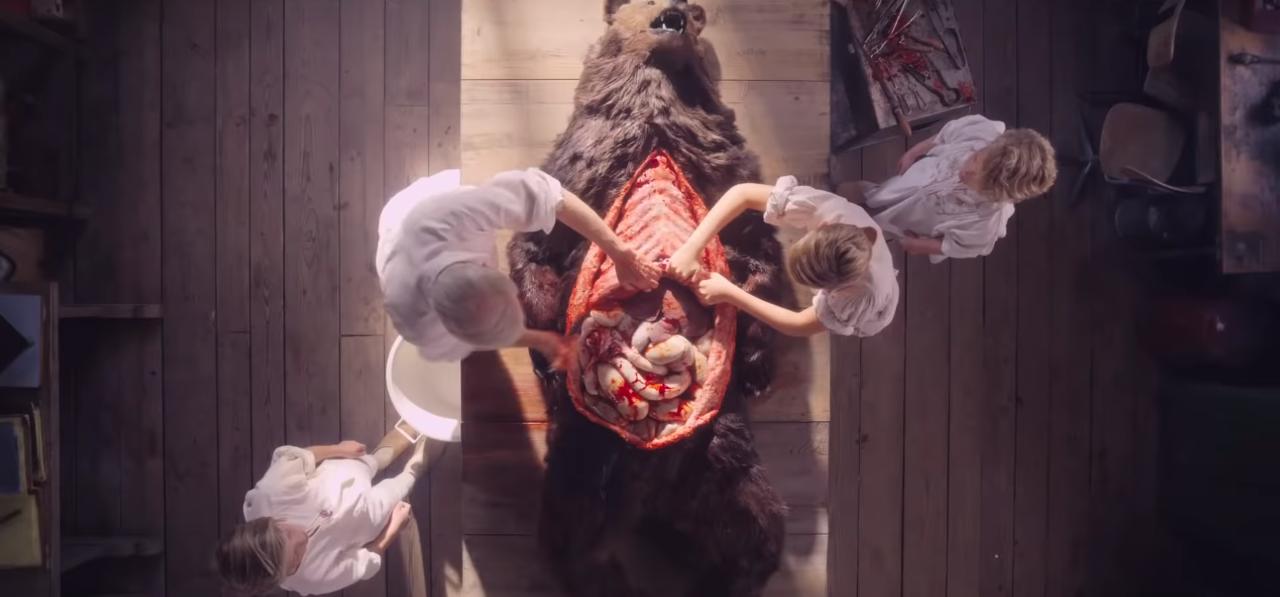
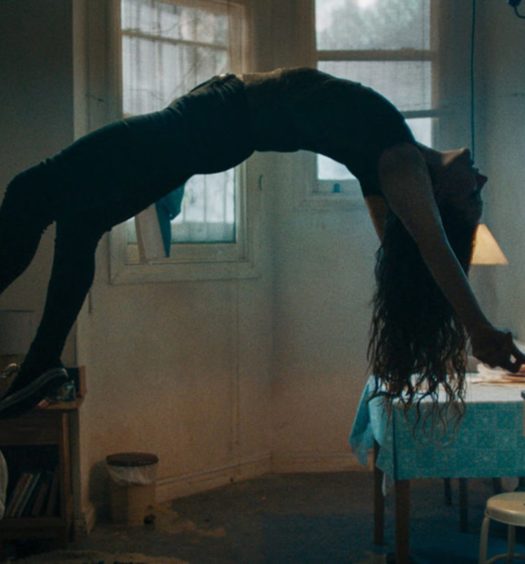
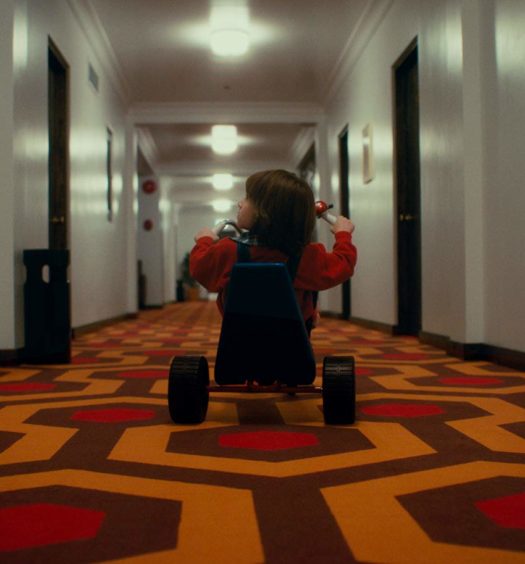




























July 7, 2019
[…] everyone fawns over Midsommar and looks forward to IT Chapter 2, we would be remiss if we failed to mention some new genre gems […]